 Rave Scientific
Nanotechnology Instrument Providers and Consultants
Rave Scientific
Nanotechnology Instrument Providers and Consultants
Education
Simplifying Elemental Mapping, from Lithium to Uranium
THE CHALLENGE
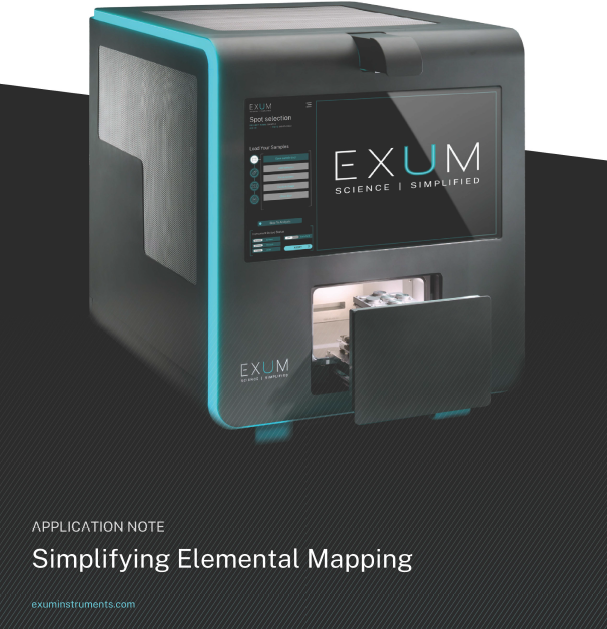
As today’s industries strive to improve efficiency and performance while reducing costs, innovative new materials are being tested, developed, and brought to market. From raw material quality control to failure analysis, elemental characterization is a critical part of this lifecycle. Despite its importance, performing elemental characterization is difficult and time-consuming, requiring multiple analytical instruments, complicated operational and calibration procedures, and trained chemists. Traditional mass spectrometry and spectroscopy techniques involve digesting solid material with acid for the most accurate elemental analyses. This results in a bulk composition of the material only and fails to identify how elements change spatially or in depth. Investigating elements’ spatial distributions is especially critical for diagnosing failures in the manufacturing process or after use.
To access spatial elemental data, some users combine mass spectrometry techniques with laser ablation instruments. Due to the complexity of each part of the combined laser ablation and spectroscopy system and lack of continuity between different configurations and vendor combinations, there are still numerous challenges in data collection and processing.
Another approach is to apply scanning electron microscopy with energy dispersive x-ray spectroscopy (SEM-EDX). This can be easier to use than other spectroscopy tools that require liquid sample introduction, but it does not provide high-sensitivity elemental results. SEM-EDX delivers some elemental mapping information, but it can investigate small samples only.
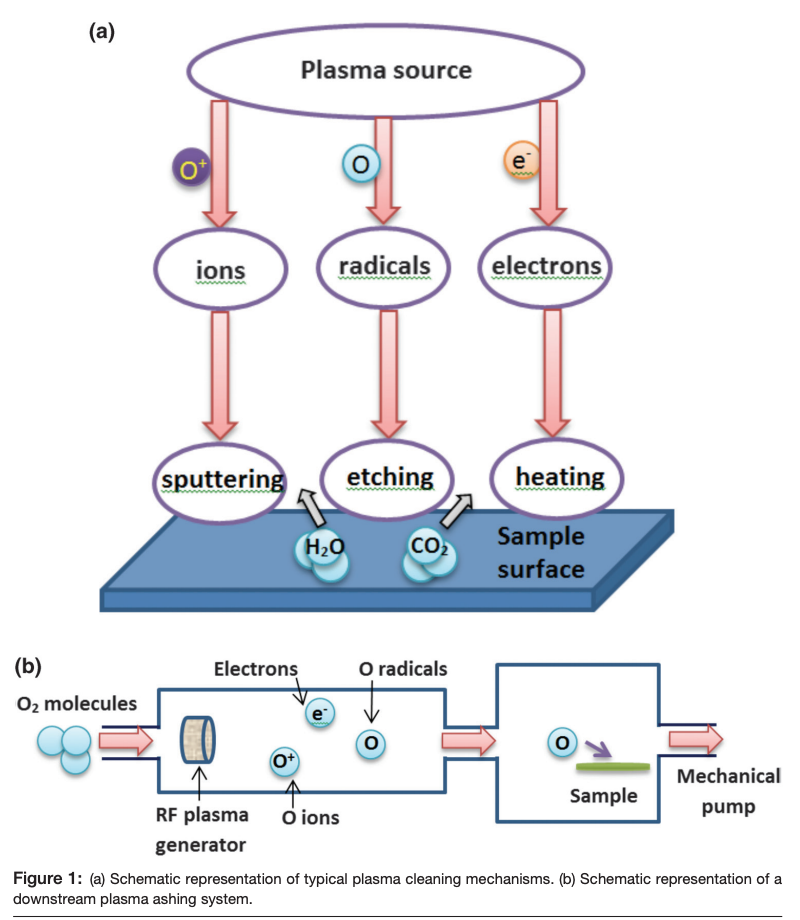
Down Plasma Technology for Cleaning TEM Samples on Carbon Films
Introduction
With the advent of modern scanning/transmission electron microscopy (S/TEM) capable of higher resolution, better contrast,and faster throughput, it is imperative to ensure the cleanliness of the TEM sample under the ultrahigh vacuum conditions of the microscopes [1–5]. It is well known that sample contamination can severely deteriorate the quality of electron microscopy analysis of materials, especially as the sample regions of interest decrease in size. The adverse effects of sample contamination include obscuring the area of the sample being analyzed by buildup of a carbonaceous layer, interfering with focusing and astigmatismcorrection, and generating unexpected microanalysis signals [2, 3].
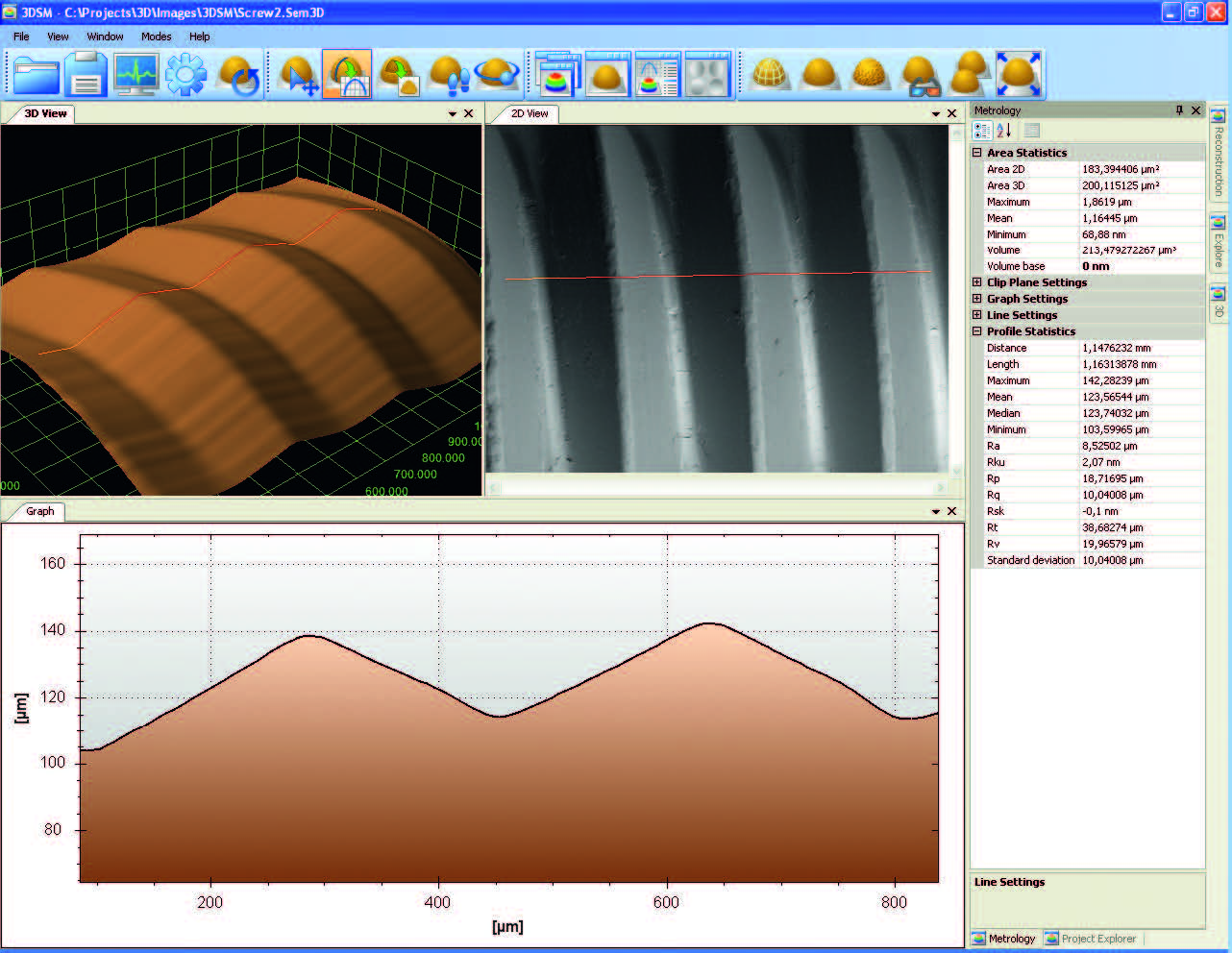
3DSM – 3D Surface Modelling in the SEM
Introduction
What is 3DSM? Scanning electron microscopes are great tools for 2D inspection and metrology of a wide variety of samples. However, their 3D capabilities are still very limited, especially when it comes to quantitative surface characterization. This is the main problem tackled by 3DSM. 3DSM is a PC-based application capable of providing topographical information for samples examined with Carl Zeiss electron microscopes equipped with an AsB® or 4QBSD detector. The application can perform a 3D surface reconstruction based on the individual AsB®/ 4QBSD segment signals, and visualize the resulting 3D model in several different ways. 3DSM can work together with SmartSEM® in the live mode, for real-time 3D imaging. It may also operate in the stand-alone mode for visualizing archived project files.
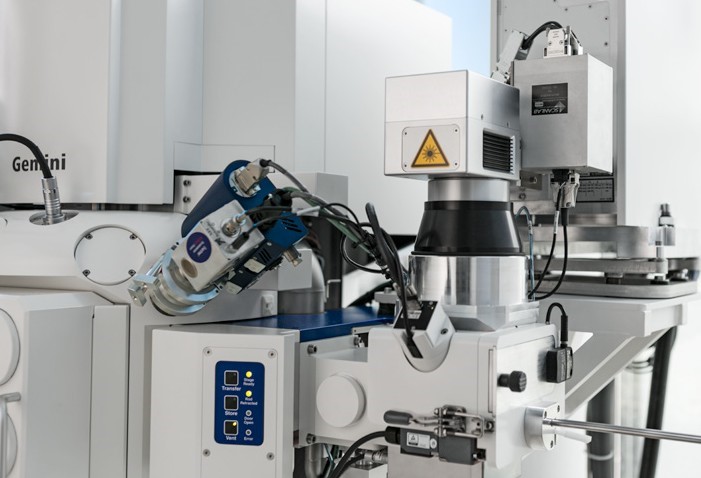
Ceramics Pre-preparation for FIB-investigation Using ZEISS Crossbeam laser
Introduction
Focused ion beam equipped scanning electron microscopes (FIB-SEM) are widely used in the field of materials science as well as quality control. Not only as a highly sophisticated tool for TEM-sample preparation but also as a versatile instrument for materials characterization. A proven benefit of FIB prepa- ration is location-specific cross-sectioning while maintaining a virtually deformation-free microstructure.
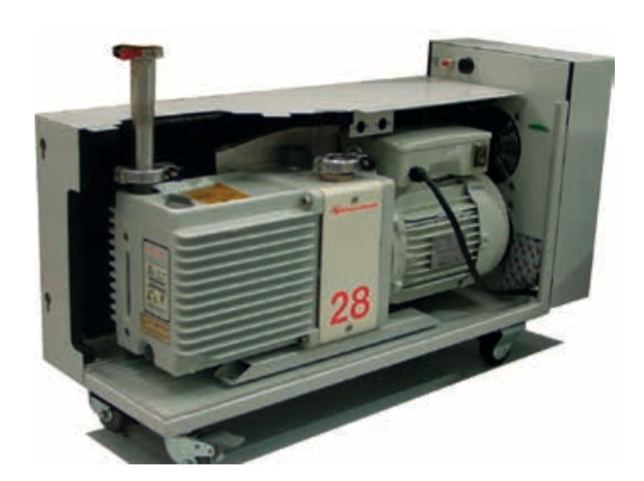
Simple Ways of Reducing Vibration in your SEM Image
Introduction
When imaging in your SEM do you ever experience jagged lines on the edge of your image at high magnification?
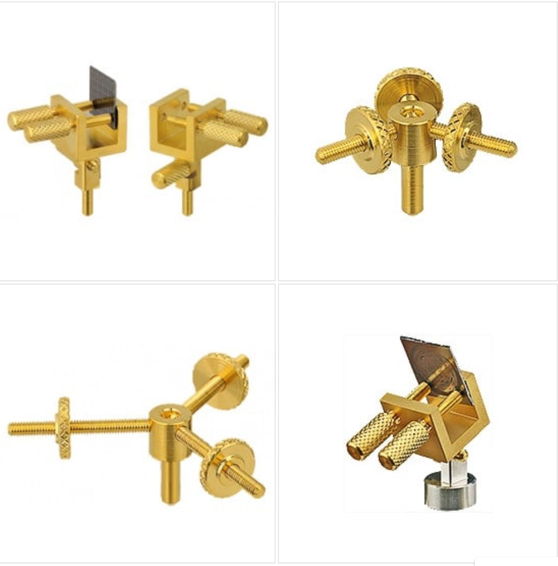
Advantages of Brass Gold-Plated SEM Holders
There are a number of advantages with Brass constructed SEM holders that are coated with gold.
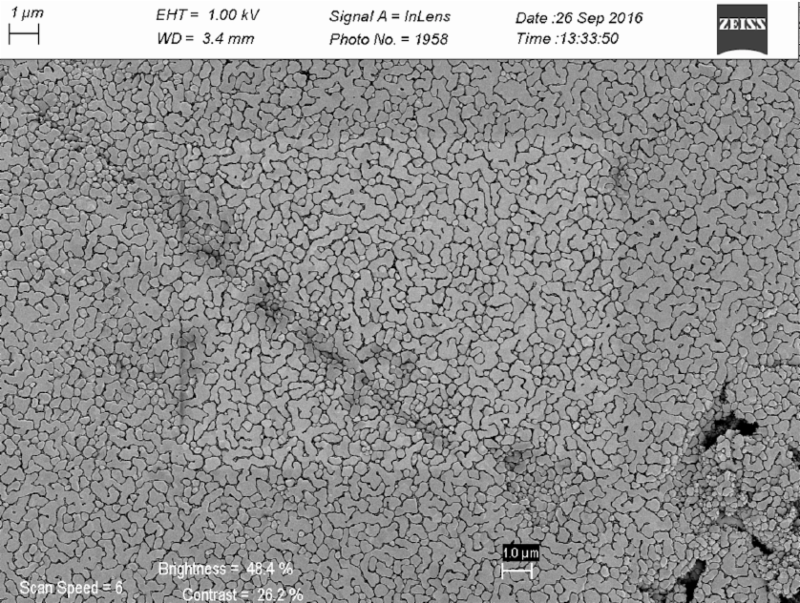
Plasma Processing in the SEM:The Reality (or nuisance) of SEM Hydrocarbon Contamination
Have you ever de-magnified when imaging in your electron microscope and notice dark scanlines on your sample?
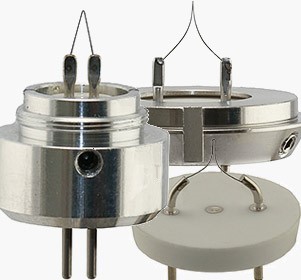
Descriptions of Electron Microscope Cathodes and Emitters
The Scanning Electron Microscope (SEM) requires a source of electrons to form a beam and can utilize various emitters.

Proper Target Material Selection when Coating Samples Using an SEM Sputter Coater
In this article, we will identify target material options for use in your specimen coater when analyzing a non-conductive sample.
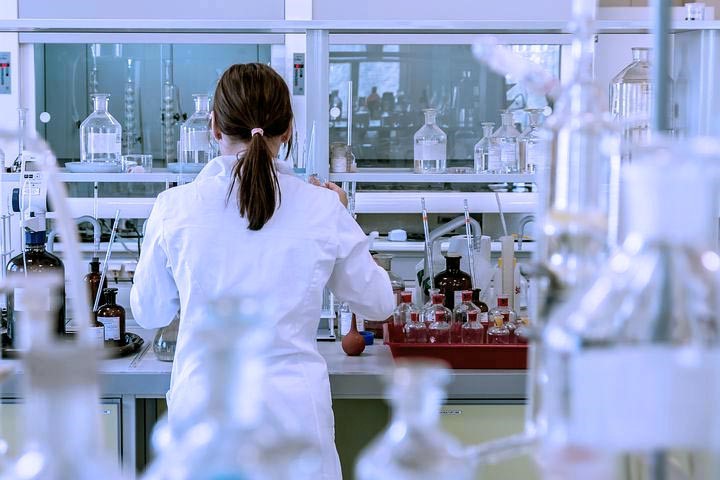
Removing Cured Epoxy
Epoxies have a wide range of applications in microscopy sample preparation and vacuum chamber feedthroughs or leak repairs.
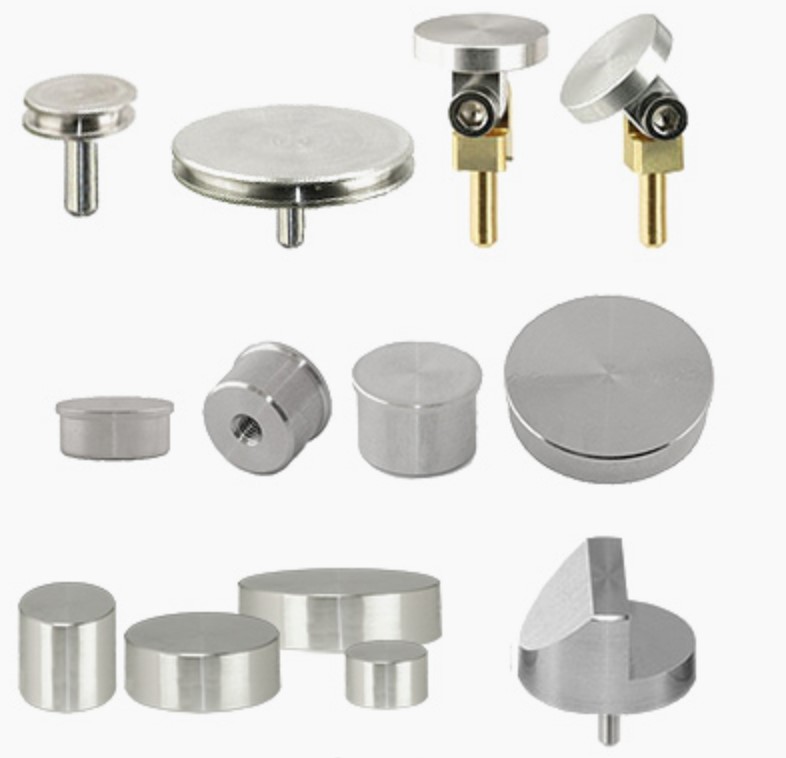
Best Practices for Cleaning SEM Stubs and Mounts
Standard SEM stubs and mounts are used as substrates to mount samples for Scanning Electron Microscopy (SEM).

Optimizing the usage of SEM Sputter Targets
In an SEM sputter coater for coating non-conductive SEM samples, a plasma is created at a vacuum level of around 2x10-1 to 2x10-2 mbar by applying a high voltage between the grounded sample stage and the target.
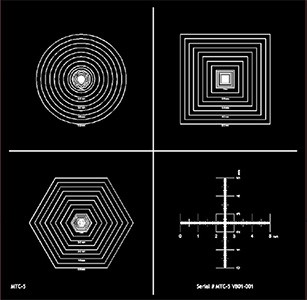
Calibrating a Scanning Electron Microscope (SEM)
Although modern manufacturing techniques have greatly improved the accuracy of SEMs, it is good practice to regularly check if the magnification shown on the SEM is still correct.
